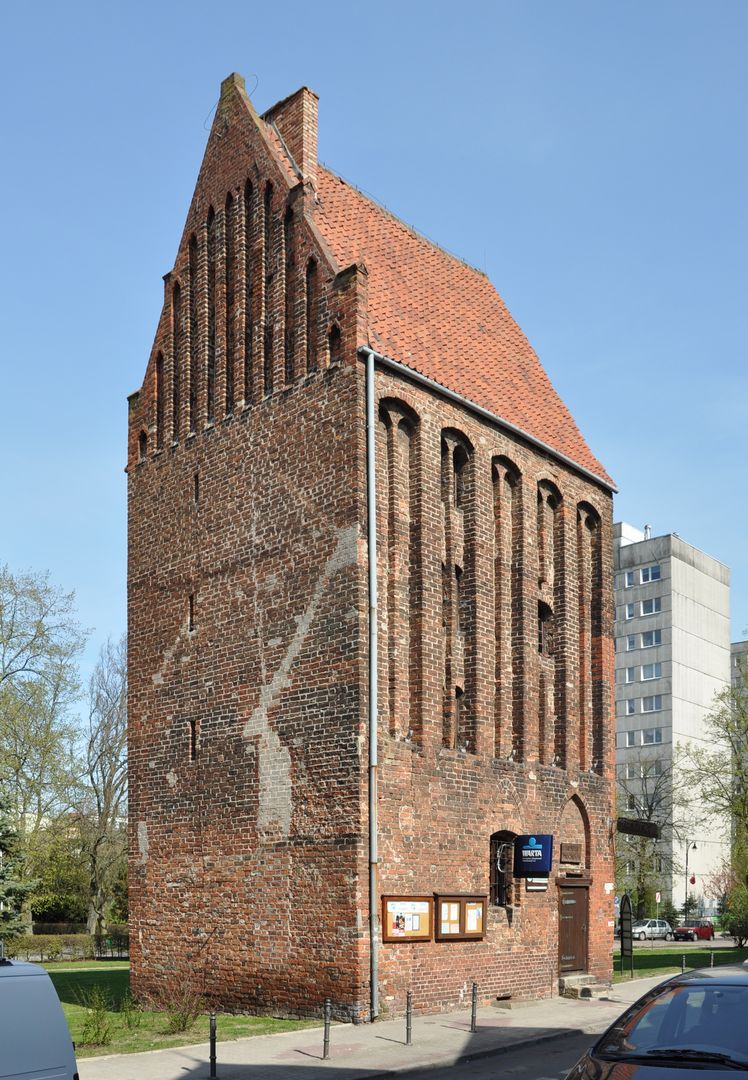The Gunpowder Tower in Kołobrzeg
6.82

Overview
The Lontowa Tower in Kołobrzeg, commonly known as the Gunpowder Tower, is one of the two preserved medieval towers in the city and the only remaining element of the medieval defensive system. Built in the 14th century, the tower was part of the Gothic city walls. Over the centuries, it survived various stages of bastion fortification expansions and changes related to the demolition of the Kołobrzeg Fortress in the late 19th century. During the battles for the city in 1945, it suffered only minor damage. After World War II, its name was incorrectly translated from German, leading to the widespread use of the term Gunpowder Tower, even though the actual Gunpowder Tower was located elsewhere. Over the years, the building changed its purpose; it housed various facilities, including a lodging house and a tourist information point. In 2019, the tower was purchased by the city. Architecturally, the Lontowa Tower was built on a rectangular plan, has four floors, an attic, and a basement. Its roof is covered with red tiles, and the façade is decorated with five vertical pilasters with window niches. The ground floor features an entrance portal with a bricked-up pointed arch section and a neo-Gothic window. The bricked part of the roof has rhythmic decorations, although some damage is visible. In terms of security, the tower bordered the moat and was part of the city walls, with its southern façade equipped with narrow embrasures. Interestingly, the Lontowa Tower, despite its varied history and renovations, still remains an important element of Kołobrzeg's cultural landscape, reflecting the city's historical sessions and its medieval past.
Location
Tickets
Powered by GetYourGuide
2025 Wizytor | All Rights Reserved